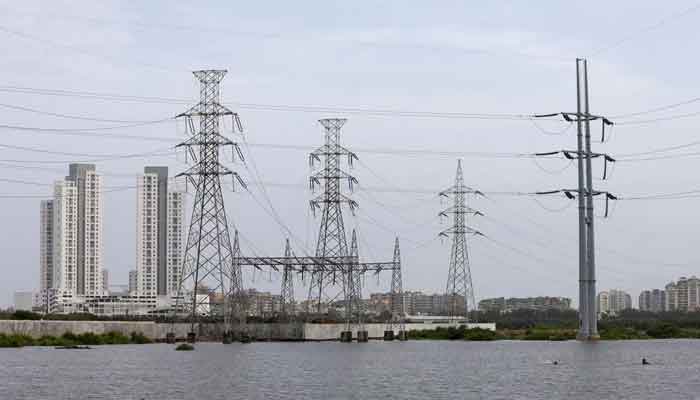Pakistan plans to quadruple domestic coal-fired power, move away from gas
The energy minister states that LNG is no longer included in the long-term plan. In the medium term, the nation intends to increase domestic coal-fired power capacity to 10GW. Pakistan's annual imports of LNG have decreased to levels not seen in five years.
ISLAMABAD: In an effort to alleviate a crippling foreign exchange crisis, Pakistan’s energy minister told Reuters on Monday that the country will not construct any new gas-fired power plants in the foreseeable future and instead plans to quadruple its domestic coal-fired capacity to reduce power generation costs.
Last year, large portions of the country were forced into darkness due to a lack of natural gas, which is responsible for more than a third of the country’s power production. Pakistan was unable to afford LNG due to an increase in the global price of liquefied natural gas (LNG) following Russia’s invasion of Ukraine and a severe economic crisis.
Pakistan’s Energy Minister Khurram Dastgir Khan told Reuters that “LNG is no longer part of the long-term plan.” He also said that the country plans to increase its domestic coal-fired power capacity to 10 gigawatts (GW) in the medium term, up from 2.31 GW at the moment.
At a time when some developing nations are struggling to keep their lights on, Pakistan’s plan to switch to coal to provide its citizens with reliable electricity demonstrates the difficulties in developing effective decarbonization strategies.
Pakistan’s annual LNG imports fell to their lowest level in five years as European buyers pushed out price-conscious consumers, despite an increase in power demand in 2022.
“Our regasified LNG-based power plants are among the most effective in the world. However, we lack the fuel to operate them,” Dastgir stated in an interview.
He stated that the South Asian nation, which is going through a severe economic crisis and needs a lot of money, is trying to lower the value of its fuel imports and shield itself from geopolitical shocks.
The central bank of Pakistan’s foreign exchange reserves have decreased to $2.9 billion, barely enough to cover three weeks’ worth of imports.
Dastgir stated, “It’s this question of not only being able to generate energy at a cheap rate but also with domestic sources that is very important.”
Last week, the 1.32 GW Shanghai Electric Thar plant, which is funded by the China-Pakistan Economic Corridor (CPEC) and operates on domestic coal, began producing electricity. Beijing’s global Belt and Road Initiative includes the CPEC.
Dastgir stated, without providing additional details, that Pakistan plans to expand its fleet of solar, hydro, and nuclear power plants in addition to the coal-fired ones.
Pakistan may be forced to idle power plants as a result of the widening gap between its power demand and installed generation capacity if the proposed plants are built.
Pakistan’s maximum power demand for the year ended June 2022 was 28.25 GW, more than 35% below its 43.77 GW power generation capacity.
Dastgir stated that setting up new plants will depend on “investor interest,” which he anticipates will increase when newly commissioned coal-fired plants are demonstrated to be viable. It was not immediately clear how Pakistan will finance the proposed coal fleet.
In response to pressure from activists and Western governments, financial institutions in China and Japan, which are among the largest financiers of coal units in developing nations, have stopped funding fossil-fuel projects in recent years.


